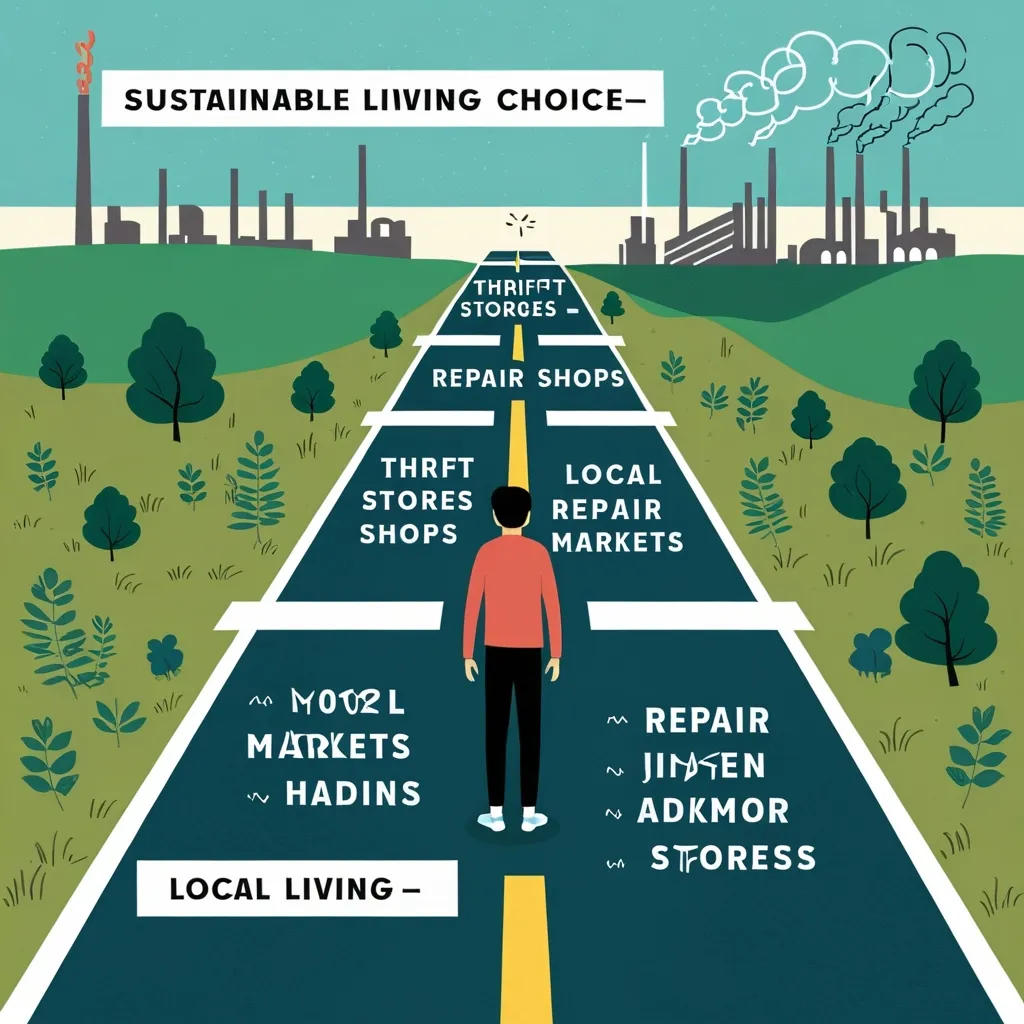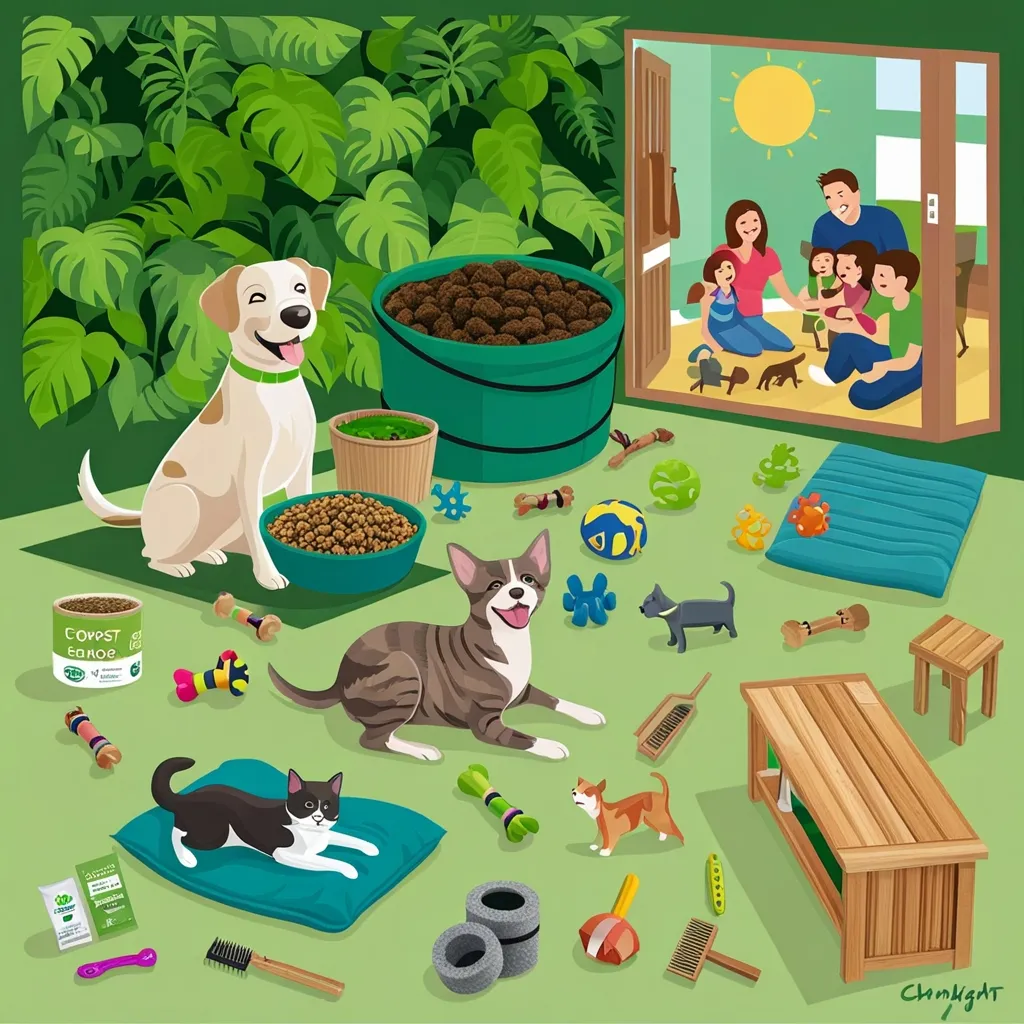In the fast-paced, consumer-driven world we live in today, the idea of mindful consumption is gaining traction and for good reason. It’s about being aware of our buying habits and understanding the ripple effects our choices have on the environment. Practicing mindfulness in what we consume can significantly cut down waste, reduce pollution, and tackle other environmental woes. It’s not just a fleeting trend; it’s a meaningful lifestyle shift that has the potential to make a world of difference.
Grasping Mindful Consumption
Essentially, mindful consumption means being tuned into the consequences of our consumer behavior. It’s taking a step back before making a purchase to consider how it impacts you, your community, and the environment. It might lead you to buy less, choose better options, or sometimes, decide not to buy at all. For instance, you might favor buying second-hand or mending something rather than replacing it with something brand new.
The Core of Mindful Consumption
When we delve deeper, mindful consumption revolves around three main ideas: Awareness, Caring, and Temperance.
- Awareness is about understanding the broader implications of your buying habits. It’s about recognizing the resources, labor, and potential waste involved in creating the product you’re eyeing.
- Caring involves taking into account how your spending affects the world around you. Opting for sustainably produced items can lessen the harm to our planet.
- Temperance emphasizes moderation. It’s steering clear of unnecessary buys and preferring quality over quantity.
Embracing Mindful Consumption
Believe it or not, incorporating mindful consumption into your lifestyle is simpler than it sounds. Here’s how you can start:
- Go for Second-Hand: Instead of always buying new, try thrift stores or online marketplaces. This reduces the need for newly manufactured products.
- Be Reusable: Swap single-use items for reusable ones. Think bags, water bottles, and coffee cups. These small changes can make a big impact.
- Mend and Repurpose: Fixing things rather than tossing them saves money and cuts down on waste.
- Ditch Fast Fashion: The fashion industry is a major polluter. By buying fewer, higher-quality, and more durable items, you contribute to reducing this impact.
- Join Online Communities: There are plenty of groups where people give away items for free or at lower costs. You can find anything from household goods to bicycles.
The Ripple Effect of Mindful Consumption
One of the coolest things about mindful consumption is its far-reaching benefits. On a bigger scale, it can drive significant positive changes like lowering greenhouse gas emissions, reducing waste, and supporting fair labor. It also nudges us toward healthier, more sustainable living choices.
What Helps Promotes Mindful Consumption
Both internal and external factors can encourage mindful consumption.
- Internal Factors: These include your perception of the time and effort involved, potential benefits, and cost. If you believe that buying sustainably will save money in the long run, you’re more likely to make that choice.
- External Factors: Social norms and government policies play a huge role. When communities and governments back sustainable practices, it nudges more people towards mindful consumption.
Tackling the Hurdles
One of the trickiest barriers to mindful consumption is simply not knowing the full impact of our choices. Many people aren’t aware of how their purchases affect the environment and society. Education and awareness campaigns can help bridge this gap. Additionally, restrictions like those seen during lockdowns can push people to rethink their consumption patterns and seek sustainable alternatives.
Social and Cultural Influences
Cultural and social factors also play into mindful consumption. Different cultures have different levels of concern for the environment and social justice, which can shape consumer behavior. For example, cultures that emphasize community and resource-sharing naturally lean towards mindful consumption.
Everyday Steps to Mindfulness
Incorporating mindful consumption into your daily life is quite straightforward:
- Recycle: Utilize recycling programs in your community for items like electronics and household waste.
- Share Resources: Join local tool libraries or share items with neighbors to reduce multiple purchases.
- Choose Sustainable Products: Look for sustainably sourced and produced goods. Certifications like Fair Trade or Organic can guide you.
- Avoid Single-Use Items: Refuse items like plastic straws and bags, opting for reusable versions instead.
- Support Local: Back local businesses that follow sustainable and ethical practices. This could mean buying from local farmers or shopping at stores that prioritize local sourcing.
Mindful Consumption in the Digital Era
Thanks to the digital age, practicing mindful consumption has never been easier. Various online platforms and apps can help find second-hand goods, share resources, and recycle efficiently. You can join online communities to snag free or discounted items, reducing the need for brand-new purchases. Apps that track your carbon footprint or guide you to sustainable products can be game-changers on this journey.
Wrapping It Up
Mindful consumption has immense potential to shape a sustainable future. By being aware of how our buying habits impact the planet, we can play a part in reducing waste, pollution, and other environmental concerns. It’s more than individual actions; it’s about fostering a global movement towards sustainable living. Whether it’s buying second-hand, opting for reusable items, or supporting local businesses, every small step can make a significant difference. So, the next time you’re poised to make a purchase, pause and ponder the impact. The planet will be grateful.






